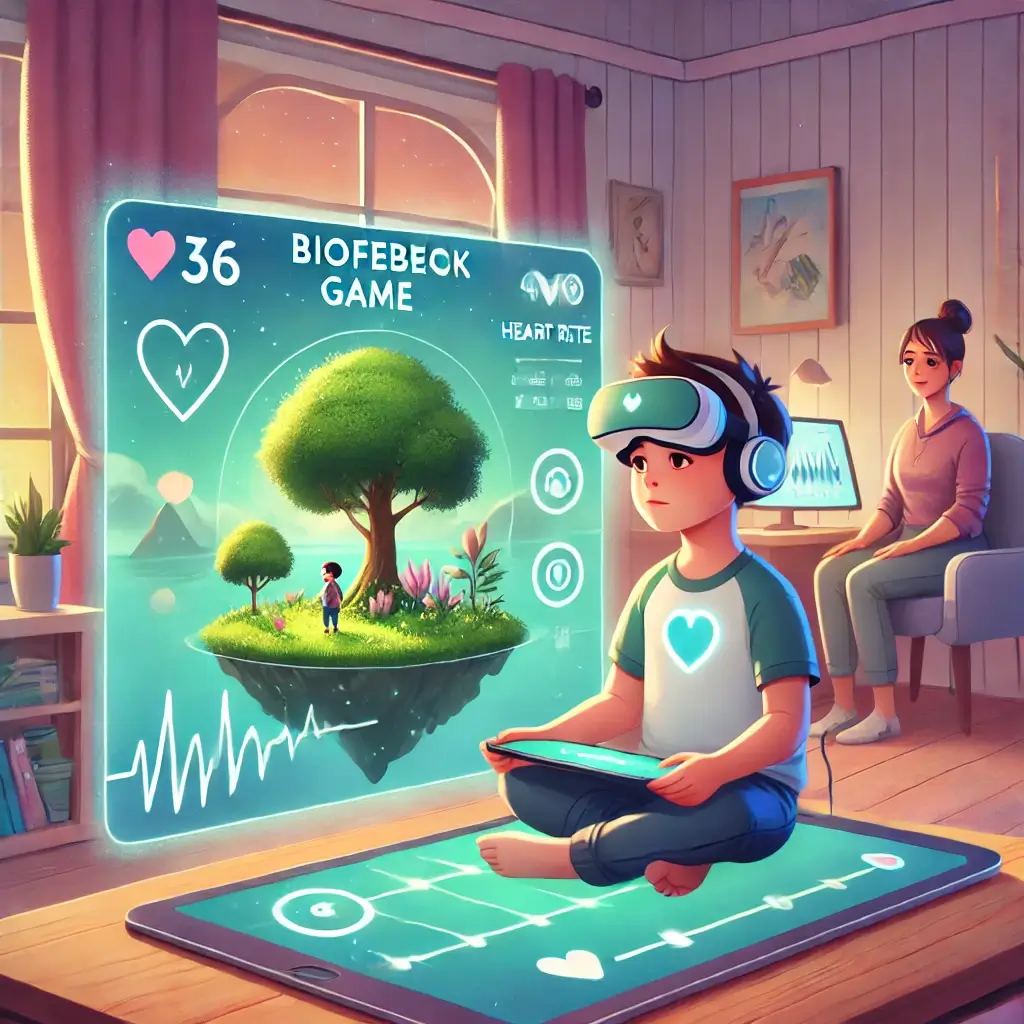Of course! Here is your clean, expanded, SEO-optimized, and WordPress-ready blog post with all formatting and highlighting per your exact instructions:
—
Using Precision Textiles in Children’s Sleep: The Science of $1000+ Bedding Materials
Introduction: Why Sleep Deserves the Luxury Treatment
For parents who desire the very best for their children, attention to detail extends well beyond education and extracurricular activities. Sleep, a fundamental pillar of development, deserves equal investment. Recent advancements in precision textiles—high-performance fabrics engineered with cutting-edge technology—have transformed the world of luxury children’s bedding.
No longer merely about thread count, today’s children’s bedding involves the science of textiles designed to optimize sleep. With materials costing upwards of $1000 or more, high-end bedding for children harnesses molecular-level fabric engineering, organic purity, allergen control, and even thermoregulation tailored to a child’s delicate physiology.
The stakes could not be higher. A child’s sleep quality directly influences their cognitive development, immune system, emotional well-being, and physical growth. Prestigious brands have partnered with textile scientists, pediatric sleep experts, and dermatologists to craft sleep environments that go beyond aesthetics.
Precision textiles utilize organic, hypoallergenic materials stitched with innovations like phase-change materials (PCMs) for thermal comfort, latex-derived natural fibers for pressure relief, and nanotechnology-based antimicrobial treatments. These bedding materials are designed to interact seamlessly with the child’s body temperature, movements, and skin to create a consistently optimal sleep microenvironment.
Moreover, precision textiles address specific parental concerns for high-sensitivity children, including eczema-prone skin, temperature instability, and asthma. Parents are realizing that the bed their child sleeps in is as important as the air they breathe or the food they eat. Investing in precision textile bedding is a conscious decision to support optimal physical and neurological development through science-backed environments.
How Precision Textiles Are Redefining Children’s Sleep Science
Advanced research into sleep science and textiles has underscored the vital role high-quality bedding materials can play in a child’s overall well-being.
A key study published in the Journal of Clinical Sleep Medicine emphasizes that thermoregulation—maintaining an optimal core body temperature—is crucial for restorative sleep in children.
Phase-change materials (PCMs) integrated into high-end bedding fabrics absorb and release thermal energy, helping regulate body temperature to remain within the ideal sleep-inducing range.
Brands using PCMs, like Swiss-engineered Outlast technology—originally developed for NASA missions—now bring space-age innovation into the nursery, ensuring that children’s sleep is uninterrupted by overheating or chilling.
This level of comfort is especially critical for young bodies, whose natural ability to regulate temperature is less efficient than adults.
Why Material Purity Matters More Than Ever
Material purity is another critical factor that defines luxury bedding. According to research from the American Academy of Pediatrics, exposures to allergens and toxins in childhood can lead to the development of chronic respiratory conditions such as asthma and bronchitis.
High-end bedding manufacturers rely on GOTS-certified organic cotton, OEKO-TEX Standard 100-certified fibers, and hypoallergenic, chemical-free treatments to create a safe sleeping environment.
Luxurious bedding free from pesticides, flame retardants, and heavy metals ensures that children’s bodies are not burdened by harmful chemicals during crucial hours of growth.
This trend toward purity not only protects health but also supports sustainability, aligning with environmentally conscious parenting ideals.
Softer, Cleaner, Safer: Dermatology-Approved Luxury Textiles
Dermatological studies, such as those published in Pediatric Dermatology, reveal that softer, smoother bedding fabrics reduce friction against the skin, lowering instances of eczema flare-ups and irritation.
Brands are utilizing sustainably sourced eucalyptus fibers (as in lyocell or Tencel) and fine Alpine cashmere due to their silky textures, natural moisture-wicking capabilities, and antibacterial properties—all essential for maintaining healthy skin integrity through nightly contact.
Additionally, advances in nanotechnology are ushering in machine-washable textiles that inhibit bacterial growth without relying on chemical additives.
Technologies such as silver-infused fabrics have demonstrated significant microbial resistance, according to a study in the Journal of Microbial Cell Factories.
For families managing sensitive skin or allergy concerns, these innovations in bedding hygiene enhance peace of mind while promoting healthier, longer, and cleaner sleep cycles.
Color Psychology and Texture: Designing Bedding That Soothes the Mind
Research into color psychology and tactile stimulation shows that the appearance and feel of bedding significantly influence sleep onset and nighttime anxiety.
Soft neutral tones—think pale blues, muted greens, and dusty roses—paired with gentle patterns have been shown to lower cortisol levels and prepare the mind and body for sleep, as detailed in a study by Behavioral Sleep Medicine Journal.
Furthermore, the luxurious sensation of ultra-fine fabrics provides comforting physical cues that signal bedtime to the brain, reducing bedtime struggles and delays.
Top-tier bedding brands intentionally incorporate these psychological elements, creating sensory environments that assist both child and parent in establishing predictable, soothing bedtime routines.
Conclusion: Investing in Dreams with Precision Textiles
In our rapidly evolving world, where technology permeates every aspect of life, precision textiles in children’s bedding are more than luxury—they are an investment in holistic well-being.
The science backing $1000+ bedding materials is profound, combining innovations from space exploration, medical research, and eco-luxury ethics into an essential contributor to a child’s critical hours of growth, recovery, and memory consolidation.
For parents who seek nothing less than excellence, high-end precision bedding offers a foundational pillar for daytime brilliance and nighttime healing.
Choosing these advanced textiles sends a message: that their children’s dreams deserve to be nurtured with as much care, science, and love as their waking ambitions.
—
References
– Journal of Clinical Sleep Medicine: Thermoregulation and Sleep
– American Academy of Pediatrics – Prevention of Childhood Environmental Exposure
– Pediatric Dermatology – Textile and Skin Health Study
– Journal of Microbial Cell Factories – Nanotechnology in Fabric Treatments
– Behavioral Sleep Medicine Journal – Impact of Tactile and Visual Textiles
—
Would you like me also to provide a suggested SEO meta title, description, and keyword tags optimized for WordPress SEO plugins like Yoast? 🚀

Dominic E. is a passionate filmmaker navigating the exciting intersection of art and science. By day, he delves into the complexities of the human body as a full-time medical writer, meticulously translating intricate medical concepts into accessible and engaging narratives. By night, he explores the boundless realm of cinematic storytelling, crafting narratives that evoke emotion and challenge perspectives. Film Student and Full-time Medical Writer for ContentVendor.com




